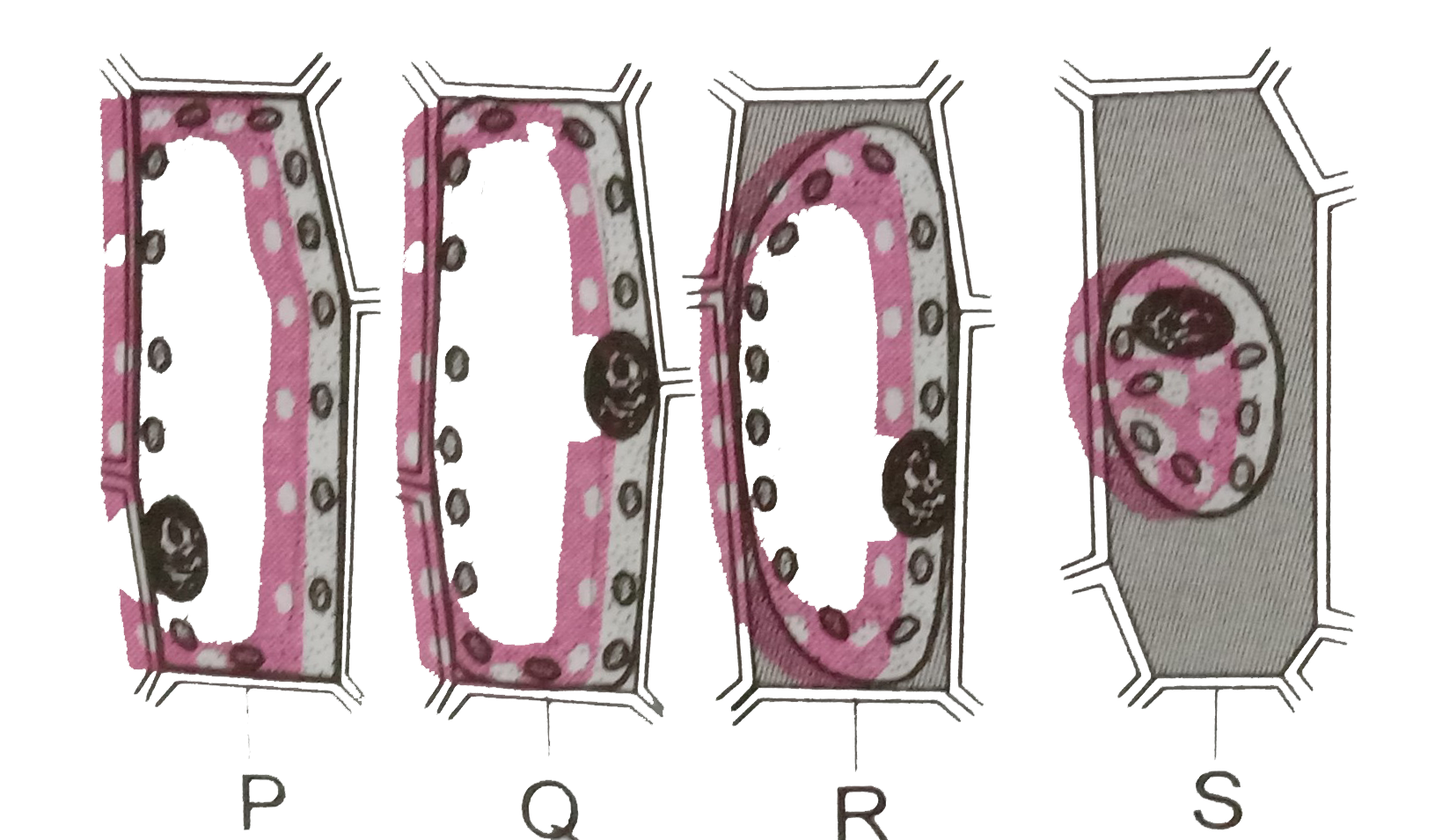For a simple harmonic motion with given angular frequency ω, two arbitrary initial conditions are necessary and sufficient to determine the motion completely. These initial conditions may be
Amplitude and initial phase
Amplitude and total energy of oscillation
Initial phase and total energy of oscillation
Initial position and initial velocity
The correct Answer is:A,D
To determine the complete motion of a simple harmonic oscillator (SHM) given the angular frequency ω, we need two arbitrary initial conditions. Let's analyze what these initial conditions can be.
1. Understanding SHM Equation:
The equation for simple harmonic motion can be expressed as:
x(t)=Asin(ωt+ϕ)
where:
- x(t) is the displacement at time t,
- A is the amplitude,
- ω is the angular frequency,
- ϕ is the phase constant.
2. Identifying Initial Conditions:
To fully determine the motion, we need to know two initial conditions. The initial conditions can be:
- Initial position x(0) at t=0.
- Initial velocity v(0) at t=0.
3. Using Initial Position:
At t=0:
x(0)=Asin(ϕ)
Knowing the initial position x(0) allows us to solve for the phase constant ϕ if the amplitude A is known.
4. Using Initial Velocity:
The velocity in SHM is given by:
v(t)=dxdt=Aωcos(ωt+ϕ)
At t=0:
v(0)=Aωcos(ϕ)
Knowing the initial velocity v(0) allows us to find the phase constant ϕ or the amplitude A.
5. Conclusion:
Therefore, the two arbitrary initial conditions that are necessary and sufficient to determine the motion completely are:
- Initial position x(0) and initial velocity v(0).
- Alternatively, one could also use the amplitude A and the initial phase ϕ.
Final Answer:
The two arbitrary initial conditions necessary and sufficient to determine the motion completely in simple harmonic motion are:
1. Initial position x(0) and initial velocity v(0).
2. Amplitude A and initial phase ϕ.
---
The equation for simple harmonic motion can be expressed as:
x(t)=Asin(ωt+ϕ)
where:
- x(t) is the displacement at time t,
- A is the amplitude,
- ω is the angular frequency,
- ϕ is the phase constant.
To fully determine the motion, we need to know two initial conditions. The initial conditions can be:
- Initial position x(0) at t=0.
- Initial velocity v(0) at t=0.
At t=0:
x(0)=Asin(ϕ)
Knowing the initial position x(0) allows us to solve for the phase constant ϕ if the amplitude A is known.
The velocity in SHM is given by:
v(t)=dxdt=Aωcos(ωt+ϕ)
At t=0:
v(0)=Aωcos(ϕ)
Knowing the initial velocity v(0) allows us to find the phase constant ϕ or the amplitude A.
Therefore, the two arbitrary initial conditions that are necessary and sufficient to determine the motion completely are:
- Initial position x(0) and initial velocity v(0).
- Alternatively, one could also use the amplitude A and the initial phase ϕ.
The two arbitrary initial conditions necessary and sufficient to determine the motion completely in simple harmonic motion are:
1. Initial position x(0) and initial velocity v(0).
2. Amplitude A and initial phase ϕ.
Topper's Solved these Questions
- BOOK - ALLENCHAPTER - SIMPLE HARMONIC MOTIONEXERCISE - SOME WORKED OUT EXAMPLES29videos
SIMPLE HARMONIC MOTION
- BOOK - ALLENCHAPTER - SIMPLE HARMONIC MOTIONEXERCISE - Exercise-01117videos
SIMPLE HARMONIC MOTION
- BOOK - ALLENCHAPTER - RACEEXERCISE - Basic Maths (Wave Motion & Dopplers Effect) (Stationary waves & doppler effect, beats)24videos
RACE
- BOOK - ALLENCHAPTER - TEST PAPEREXERCISE - PHYSICS4videos
TEST PAPER
Similar Questions
Knowledge Check
- Question 1 - Select One
A particle executing simple harmonic motion with an amplitude A and angularr frequency ω. The ratio of maximum acceleration to the maximum velocity of the particle is
AωABω2ACωDω2A
A coin is placed on a horizontal platform which undergoes vertical simple harmonic motion of angular frequency ω. The amplitude of oscillation is gradually increased. The coin will leave contact with the platform for the first time
View SolutionA particle executes simple harmonic motion with a frequency. (f). The frequency with which its kinetic energy oscillates is.
View SolutionA particle is subjected to two simple harmonic motions in the same direction having equal amplitudes and equal frequency. If the resultant amplitude is equal to the amplitude of the individual motions, find the phase difference between the individual motions.
View SolutionA particle is subjected to two simple harmonic motion in the same direction having equal amplitudes and equal frequency. If the resultant amplitude is equal to the amplitude of the individual motions. Find the phase difference between the individual motions.
View SolutionTwo simple harmonic motions of angular frequency 100rads−1 and 1000rads−1 have the same displacement amplitude. The ratio of their maximum accelerations is
View SolutionA body is vibrating in simple harmonic motion with an amplitude of 0.06 m and frequency of 15 Hz . The velocity and acceleration of body is
View SolutionThe amplitude of given simple harmonic motion is y=(3sinωt+4cosωt)m
View Solution


